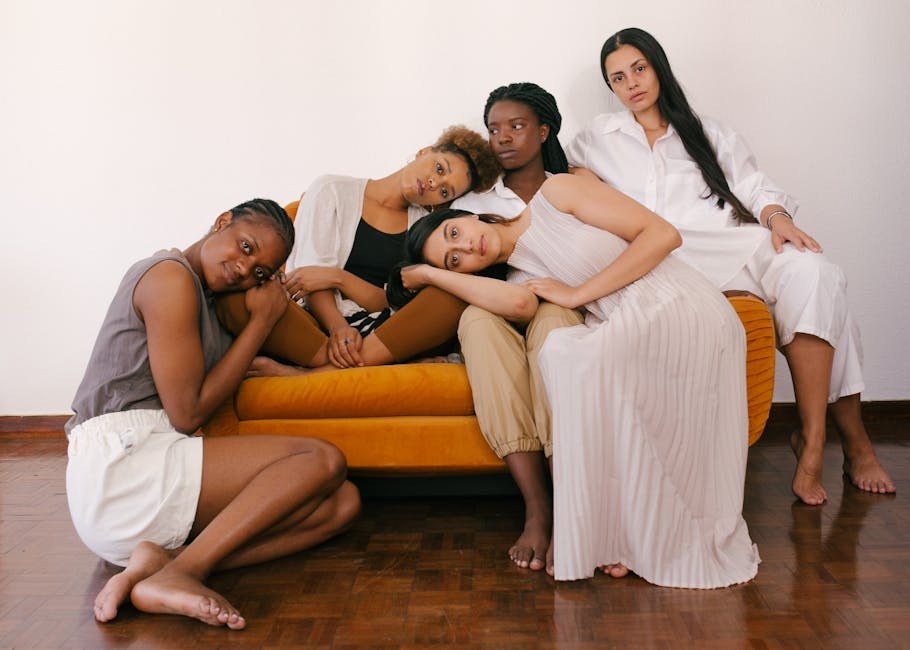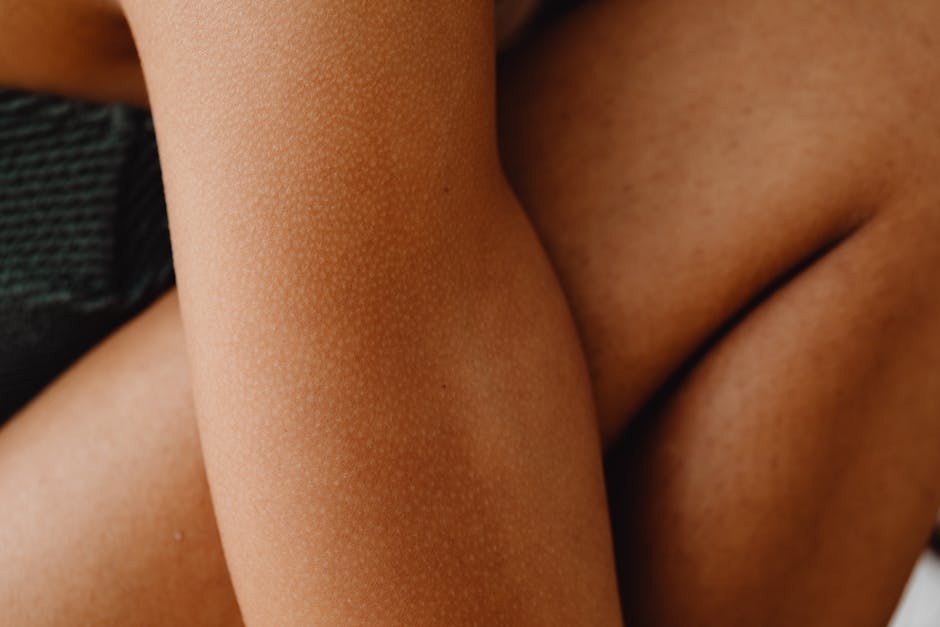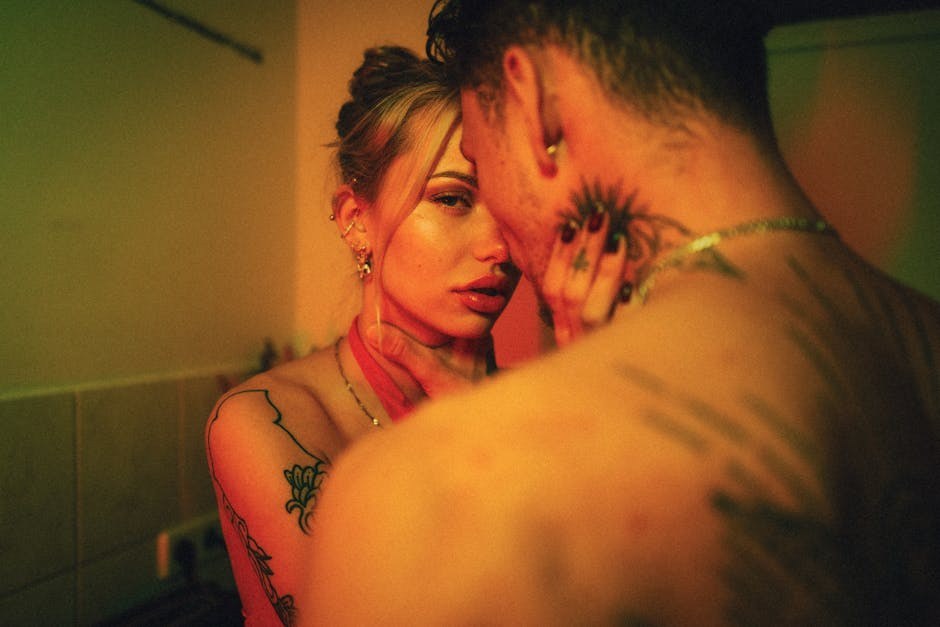Roses have long served as a language of their own – a quiet way to speak when words feel clumsy or too direct. The shade you choose changes the tone of that message. Pick the right hue and your feelings land gracefully; choose poorly and the sentiment can sound off-key. This guide brings clarity to rose colors by explaining what each one traditionally communicates and how presentation shapes the overall effect.
Why roses carry such enduring meaning
Part of a rose’s power lies in its beauty – a single bloom draws the eye – yet the symbolism runs deeper. Roses are entwined with romance and devotion, and in some spiritual traditions they’re used to suggest divine love. It’s no surprise they appear at life’s biggest moments, from ceremonies of remembrance to celebrations of partnership. A lone red stem handed to someone special can feel momentous; a thoughtfully mixed bouquet can hint at layered emotions. Learning how rose colors influence the mood simply makes that emotional conversation clearer.
How color fine-tunes your message
A bouquet isn’t just decoration – it’s a message in petals. Knowing the classic associations behind rose colors helps you avoid mixed signals. You might want to express warm gratitude rather than romantic heat, or admiration rather than flirtation. Understanding the spectrum keeps you from sending overly intimate vibes to a colleague or accidentally implying distance when you meant closeness. Of course, intention matters most, and you’re free to choose whatever you find beautiful, yet familiarity with rose colors gives you an extra layer of confidence.

Rose colors and what they traditionally convey
The interpretations below reflect time-honored associations people often rely on when selecting blooms. Use them as a practical guide to rose colors – and adapt as your situation requires.
-
Red rose – passion, courage, and devoted love
Within the world of rose colors , red is the classic voice of the heart. It speaks of deep affection, physical attraction, and steadfast commitment. The image of red petals scattered to set a romantic mood goes back centuries, and the single red stem remains a timeless way to say “you are cherished.” Red can also nod to bravery – love as a bold act. When your goal is unmistakably romantic, red carries that message in a way few other shades can match.
-
White rose – reverence, innocence, and lasting remembrance
White sits at the serene end of rose colors . It’s associated with purity, hope, and beginnings, which is why white often appears in formal ceremonies and moments of transition. It can honor someone’s memory with quiet dignity or celebrate a sincere promise. If you want an elegant way to express respect or to mark a fresh chapter, white does so without a trace of excess.

-
Yellow rose – friendship, warmth, and thoughtful gratitude
Among rose colors , yellow is sunshine in bloom. It suggests care, optimism, and a supportive bond. Yellow is a lovely choice for friends and family, especially when you want to lift spirits or say “thank you” with a bright gesture. It can also accompany an apology when words feel heavy – an upbeat color that reaches across any awkwardness with good faith.
-
Pink rose – admiration, sweetness, and gentle affection
Pink occupies a versatile place in rose colors . It carries grace and appreciation, making it ideal when you want to show affection without the intensity of red. From soft blush to fuller pink, the shade conveys kindness, congratulations, and tasteful romance. It’s appropriate for someone you’re getting to know – tender rather than overwhelming – as well as for mentors and friends you admire.
-
Black rose – endings, transformation, and solemn beauty
Black, in the context of rose colors , is the language of closure. These roses aren’t naturally occurring; they’re created for dramatic effect. They often appear during times of loss or to mark the end of a chapter. Yet the symbolism isn’t only somber – black can also hint at rebirth, a decisive turning of the page. When you need a powerful visual for farewell or change, black captures that threshold.

-
Blue rose – mystery, longing, and the allure of the unattainable
Blue sits apart in rose colors because it isn’t naturally grown. That rarity lends it an enigmatic tone. Blue can express desire tempered by distance – a feeling that’s tender but out of reach. It also conveys sensitivity and a touch of vulnerability, acknowledging emotions that are real even when circumstances are complicated.
-
Orange rose – energy, enthusiasm, and spirited thanks
Orange blends the heat of red and the cheer of yellow, giving it a bold position among rose colors . It suggests passion in motion – excitement, drive, and heartfelt appreciation. Orange works when you want to celebrate momentum, applaud a win, or show admiration with verve. It’s an upbeat option for teammates or mentors when purely romantic notes would feel out of place.
-
Ivory rose – elegance, luxury, and understated promise
Ivory is the quiet sophisticate of rose colors . Distinct from bright white, it leans warm and refined. Ivory can suggest continuity and taste – a polished choice for formal arrangements or carefully styled bouquets. It’s often selected when you want beauty that whispers rather than shouts.
-
Lavender rose – fascination, wonder, and an instant spark
Lavender is a dreamy member of rose colors , associated with intrigue and a regal air. Pastel lavender in particular can signal a sudden connection – an immediate draw that feels meaningful from the start. It’s romantic without going full flame, making it a memorable way to say “you’ve captured my attention.”
-
Peach rose – sincerity, gratitude, and loyal regard
Peach offers a soft, genuine tone within rose colors . It conveys thankfulness, honesty, and reliable support. That combination makes peach a strong pick for expressing appreciation to someone who’s been there for you or for adding warmth to celebratory arrangements. Its fresh glow suits gatherings in bright seasons and heartfelt gestures any time of year.
-
Burgundy rose – depth, intensity, and quiet admiration
Burgundy deepens the romantic register of rose colors . It hints at admiration that runs beneath the surface – the kind of attraction that’s profound, not showy. Historically, richer shades have been read as weightier in feeling, and burgundy keeps that tradition alive. Choose it when you want intensity without the overt boldness of fire-engine red.
-
Green rose – renewal, serenity, and gentle good wishes
Green is the restorative voice among rose colors . It symbolizes calm, fertility, and a hopeful reset. That makes green fitting for life changes – welcoming new beginnings, encouraging recovery, or celebrating growth. If you’re sending comfort without melancholy, green carries optimism with soothing restraint.
-
Coral rose – playful desire and bright curiosity
Coral sits between orange’s zest and pink’s sweetness in the landscape of rose colors . It represents lively interest and the thrill of getting to know someone. Coral is flirtatious in a friendly way – a step toward romance that still feels breezy. It’s a cheerful choice when you want to signal enthusiasm without declaring grand passion.
-
Purple rose – enchantment, dignity, and romantic richness
Purple brings a sense of majesty to rose colors . Lighter purples lean into wonder and the glow of an early connection; deeper purples feel lush and ceremonious. Across the spectrum, purple suggests romance imbued with awe – love that’s part affection, part reverence.
-
Rainbow or multi-colored roses – joy, celebration, and bright well-wishes
When you look beyond single hues in rose colors , multi-colored petals embody pure festivity. They’re perfect for happy milestones – new roles, anniversaries, birthdays, and any moment that calls for delight. You can also curate your own “rainbow” by mixing stems in a bouquet, weaving together meanings to craft a message that’s unmistakably personal.
Do you have to follow these meanings?
Traditions are helpful, not mandatory. If a shade makes your heart sing, choose it. The sentiment you intend – kindness, comfort, joy – shapes how the gift is received. Still, a working knowledge of rose colors helps you align intention and impact, especially when the relationship calls for care around tone.
Combining hues for a more nuanced message
One elegant way to personalize your bouquet is to blend rose colors . Pair pink with peach to merge admiration and gratitude. Add a touch of lavender to red for romantic feeling laced with intrigue. Introduce ivory to any mix for understated polish. You can even include a single blue or black stem as a thoughtful accent – a quiet nod to mystery or transition – while letting brighter blossoms carry the mood. The balance of shades matters: a dominant color should match your core message, while secondary colors add shading the way harmony supports a melody.
Context and etiquette – keeping your message clear
Consider where the flowers will be seen and who will receive them. Some settings call for subtlety; others welcome exuberance. In professional spaces, orange, peach, yellow, or ivory often feel appropriate because they emphasize appreciation and respect. In romantic contexts, red and burgundy lead; pink and lavender land beautifully when the connection is new. For moments of remembrance, white or green can offer calm and hope. The right choice within rose colors keeps the focus on your thoughtfulness rather than on unintended signals.
Presentation and quantity – how form shapes meaning
Color sets the tone, but presentation completes the sentence. A single long-stemmed bloom – especially red – distills love to its essence. A dozen arranged stems typically say the feeling is established and intentional, a gesture that feels classic and generous. Two dozen amplify that message – more ceremony, more flourish – and turn a simple sentiment into a grand statement. You can also vary stem length and arrangement style to shift the mood: clustered, round shapes read as soft and intimate; airy, elongated designs feel refined and formal. Layer these decisions with rose colors and your bouquet becomes a precise expression.
Practical tips for choosing with confidence
Begin with the relationship. Friends and family often appreciate yellow, peach, ivory, or pink; romantic partners may prefer red, burgundy, or purple. This first filter narrows the field of rose colors quickly.
Think about the occasion. Celebrations call for lively tones – orange, coral, multi-colored – while reflective moments often suit white or green. Matching the atmosphere strengthens your message.
Use contrast intentionally. A mostly pink bouquet with a few red stems shifts from gentle admiration to tender romance; a white base with green accents leans restful and hopeful. This is a subtle way to compose meaning through rose colors .
Mind the recipient’s taste. If you know someone favors minimalist palettes, ivory or soft pink communicates care without visual overwhelm. For maximalists, saturated rose colors like orange or deep purple feel just right.
Err on the side of clarity. When in doubt, choose the shade whose traditional meaning aligns most closely with what you want to say. The shared language of rose colors makes that clarity easy.
When tradition meets personal meaning
Flowers gather stories – the bouquet from a first celebration, the single stem from a milestone, the arrangement that brightened a difficult day. As you use this guide to rose colors , remember that your recipient may carry their own associations with a particular hue. That’s not a problem; it’s an opportunity. If a certain shade has special significance for them, lean into it. Tradition offers a starting point, and your shared history provides the rest.
With a thoughtful eye for rose colors , a sense of the occasion, and presentation that matches your intent, your flowers become more than beautiful – they become a message delivered in petals, clear, kind, and unmistakably yours.